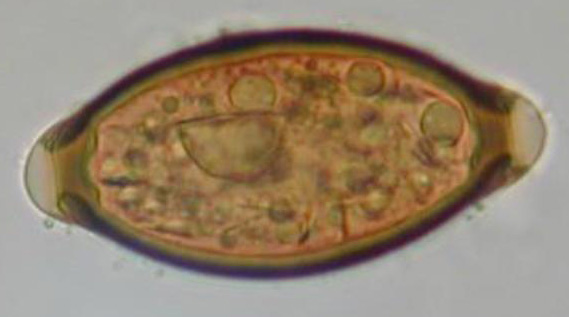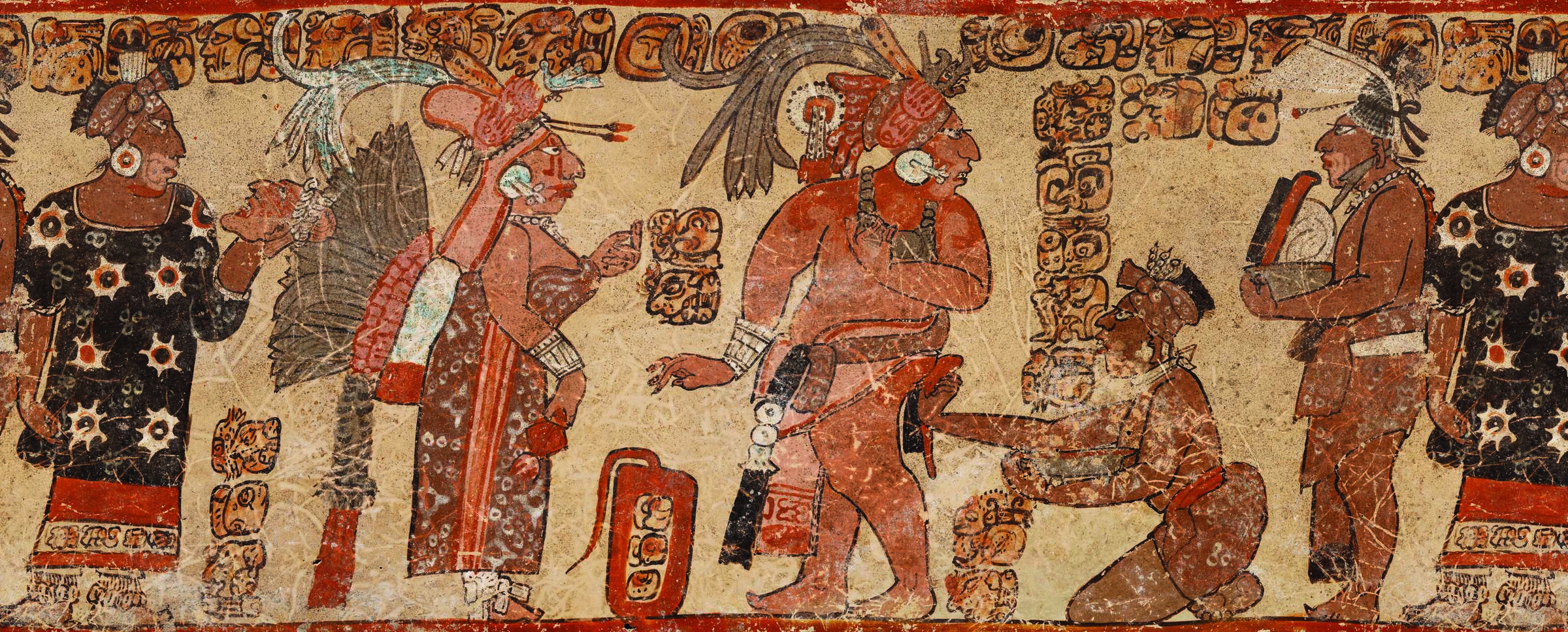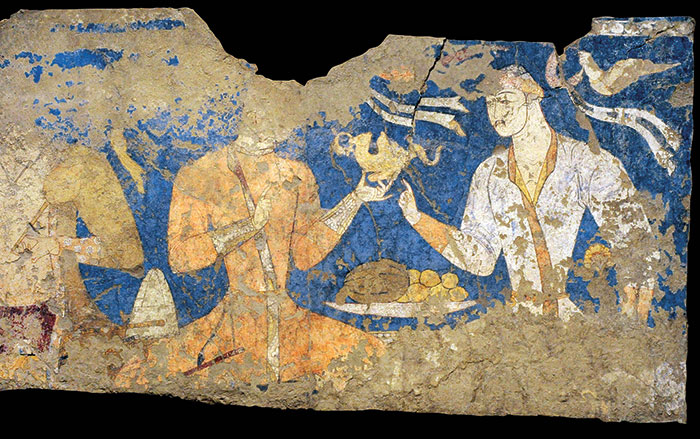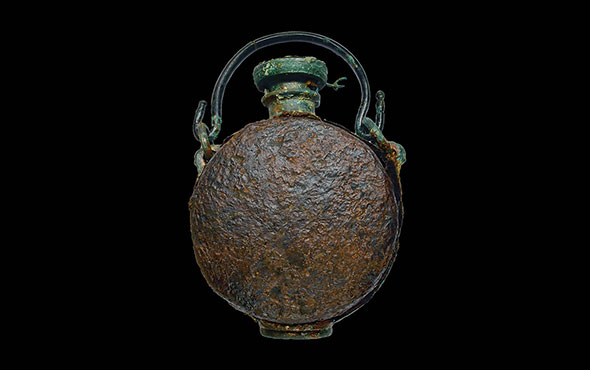
OXFORD, ENGLAND—Science Magazine reports that zoologist Adrian Smith of the University of Oxford and his colleagues looked for the presence of the eggs of intestinal parasites in soil samples collected from the pelvic regions of 600 skeletons unearthed in the Czech Republic, Germany, and the United Kingdom. The burials were dated from the seventh century A.D. through the eighteenth century. The scientists found that the rate of parasitic infection among the individuals in the study stayed fairly stable over time: about 25 percent of them had been infected with whipworm, while about 40 percent were infected with the human roundworm. This rate of parasitic infection is similar to that found today in parts of sub-Saharan Africa, Mexico, South America, and East Asia, the researchers explained. The rate of parasitic infection among Europeans dropped by the beginning of the twentieth century, however, probably due to improvements in plumbing, hygiene, and sanitation, since the small, disease-producing worms spread through contact with soil, crops, and water supplies contaminated with infected feces. The scientists concluded that similar structural improvements around the world could wipe out modern parasitic infections. To read about detection of roundworm and whipworm in Iron Age latrine pits in Switzerland, go to "A Slice of Parasitic Life."










